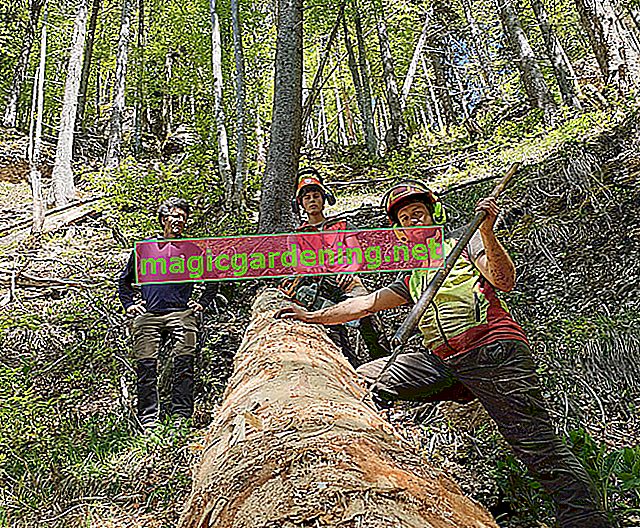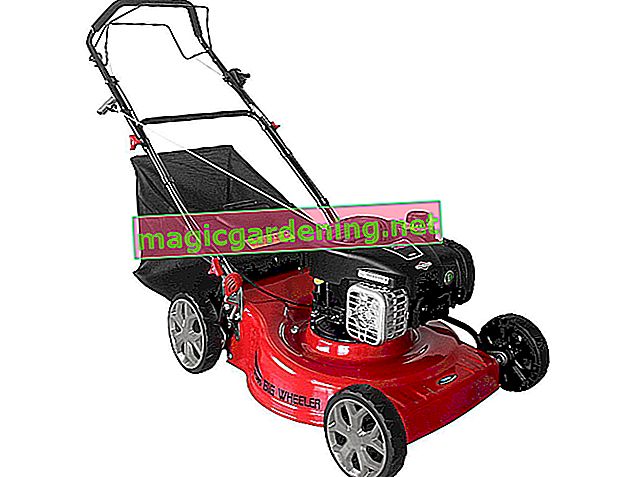
This is how ivy spreads in the garden
Ivy spreads in the garden in several ways:
- Climbing tendrils
- root
- Berry
also read
- Removing ivy from a house wall - manual labor is required!
- Grow ivy yourself - this is how you propagate ivy yourself
- Saving ivy - first aid for problems with ivy
Young plants form climbing vines that not only cover the ground but also climb up fences, house walls and trees. Offshoots emerge from the roots running underground.
Fruits only grow on the age form of the ivy. If ivy sows itself, you will find new plants everywhere in the garden. Therefore, cut the berries in spring to prevent self-sowing. This is also useful because the fruits are highly toxic and can be dangerous for children and pets.
When ivy becomes a weed
If ivy is not pruned regularly, the tendrils will eventually take up the entire garden. Some gardeners therefore count the climbing plant among the weeds. Therefore, the most important measure of ivy control is cutting.
Once ivy has really settled in in the garden, it is very difficult to destroy. Most of the time you can only overcome the plague with a lot of manual labor.
To get rid of ivy, you need to completely remove all shoots. There is also an urgent need to dig up the underground roots. This is time-consuming as the root depth can be up to 60 centimeters and more. You can only get rid of ivy completely if you remove even the smallest parts of roots from the ground.
Can ivy be exterminated by certain means?
Often times, chemical agents like Glyphosate Roundup or other killers are recommended to kill ivy.
These agents are not only harmful to the soil and groundwater, they also do not permanently cause the ivy to be completely eradicated.
Almost always only the above-ground parts of the ivy are killed by the means. The poison rarely reaches the roots, so that the ivy sprouts again after a while.
Do not add ivy to the compost
When you have cut back the ivy completely and also completely dug up the roots, remove the cuttings from the garden immediately. As soon as the ground is moist enough, the plant sprouts again. This is why ivy does not belong on the compost if you really want to get rid of the plant.
Tips
Even if you pull ivy in the tub on the balcony or terrace, it can spread. Tendrils hanging down on the ground form roots after a while. They get into the soil through the drainage holes in the vessel and continue to grow there.








